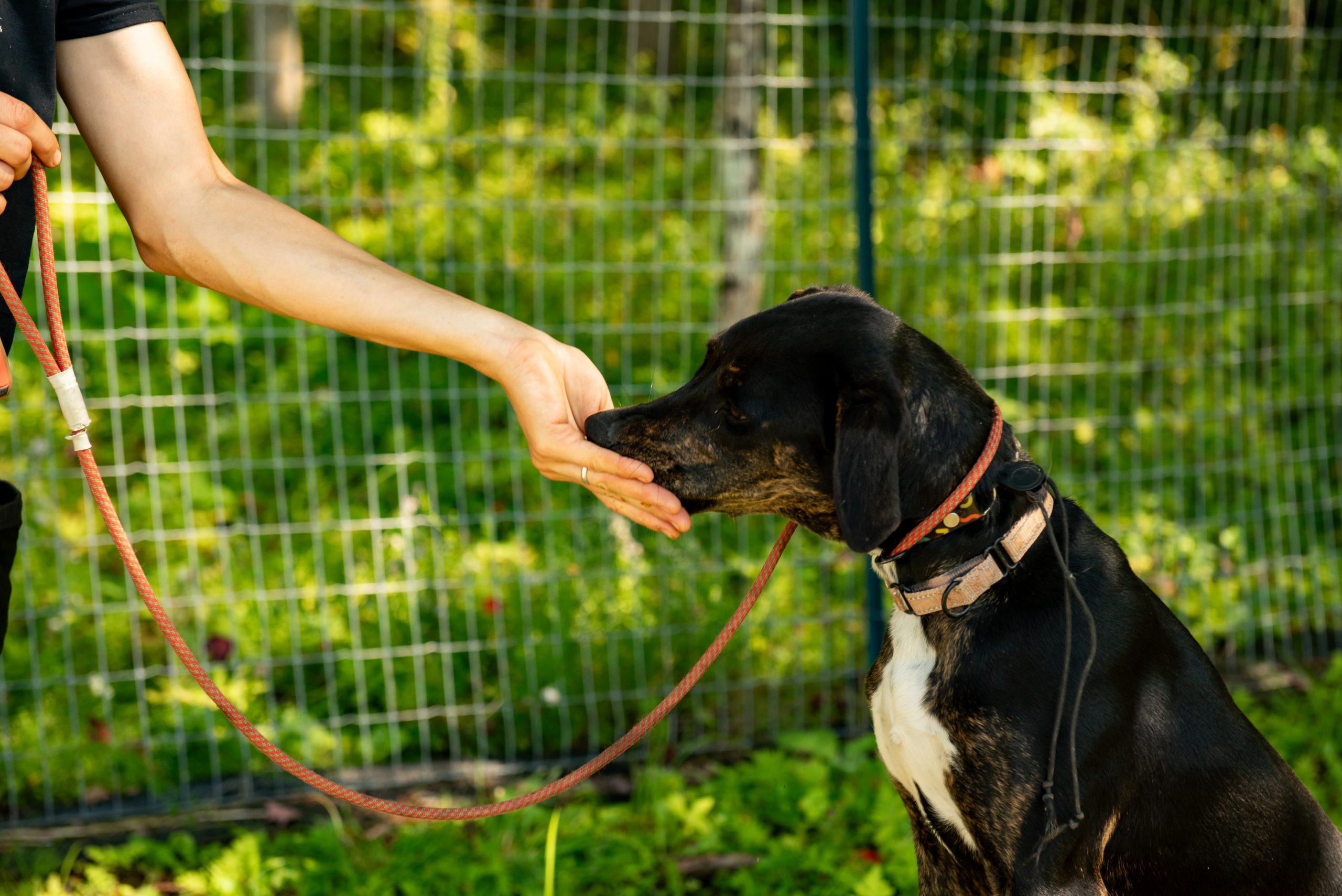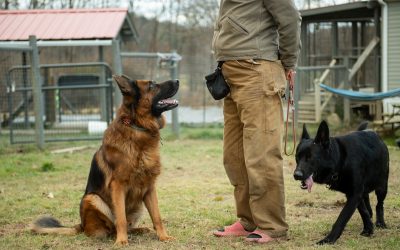Training a dog is a rewarding experience that strengthens the bond between you and your dog. One of the most effective methods of training involves using food as a positive reinforcement tool. However, there’s often confusion between using “food” and “treats” interchangeably in dog training. Here, we delve into why training with food—specifically, your dog’s regular meals—can be highly advantageous.
1. **Health and Nutrition**
Using your dog’s regular meals for training ensures they receive necessary nutrients without excess calories. By using a portion of their daily food allowance during training, you can maintain their overall health and weight. This method eliminates the risk of overfeeding, which is common when using additional treats alongside regular meals.
2. **Motivation and Engagement**
Dogs are naturally motivated by food, especially when they are hungry. By using their mealtime kibble you can tap into their intrinsic motivation to earn their food. This approach enhances engagement during training sessions and encourages your dog to actively participate in learning new behaviors.
3. **Consistency**
Consistency is key to successful dog training. When you use their regular food as rewards, you ensure a consistent diet and prevent potential digestive issues that may arise from sudden changes in treats or additional snacks. This method aligns with your dog’s daily routine and makes training a seamless part of their day.
4. **Cost-Effective**
Using your dog’s regular food for training is a budget-friendly approach. Instead of purchasing separate treats for training sessions, you can utilize what you already have—your dog’s mealtime kibble or nutritious alternatives. This not only saves money but also reduces the risk of unnecessary spending on commercial treats that may not align with your dog’s dietary needs.
5. **Enhanced Bonding**
The act of training with food promotes positive interactions between you and your dog. It fosters trust and strengthens the bond as you work together towards common goals. This shared experience not only builds mutual respect but also deepens your relationship, making training sessions enjoyable for both of you.
Tips for Implementing Food Training:
– **Portion Control**: Use a portion of your dog’s daily meal allowance for training to maintain a balanced diet.
– **Consistency**: Stick to a regular training schedule to reinforce desired behaviors effectively.
– **Patience and Praise**: Combine food rewards with verbal praise and affection to reinforce positive behaviors.
In conclusion, training your dog with food (not treats) offers numerous benefits that contribute to their overall well-being and training success. By incorporating food into your training regimen, you establish a positive and effective learning environment that fosters a harmonious relationship with your dog. This approach not only ensures their health and happiness but also strengthens the lifelong bond you share.




0 Comments